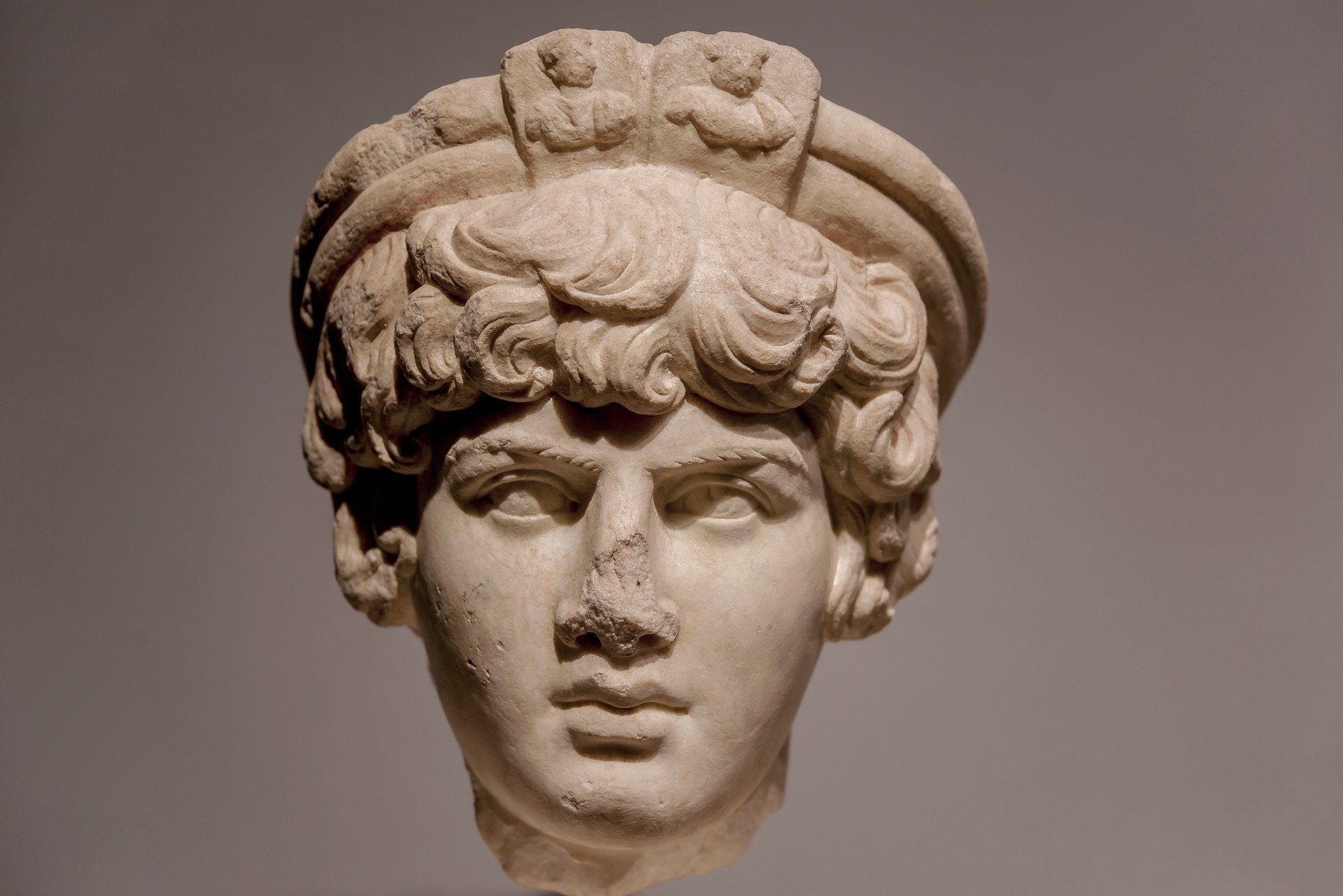The Arts Pass the Test of Time
Text by Rick McVicar
While recent neuroscience research has provided clear images of the brain’s reaction to art, there is nothing new about art being used for health purposes.
A history of aesthetic studies is described in, “Your Aesthetic Brain: A Growing Case for the Arts,” by Dr. Susan Magsamen, found on Dana Foundation’s Cerebrum website, July 11. 2019. Magsamen directs the International Arts and Mind Laboratory at Johns Hopkins Medicine.
In her article, Magsamen discusses the work of evolutionary biologists, such as E.O. Wilson.
“The way in which the arts are reinforced in the brain – through reward, pleasure and fear – confirms their link to our survival as a species,” Magsamen writes.
Anthropologists like Ellen Dissanayak have written about costumes worn by nomadic tribes during ritual dancing for purposes of healing. Ritual dancing can also be found among Native American tribes.
Such observations lead Magsamen to argue that the creation of art goes so far back in human evolution that it should be considered as a part of our DNA. Dennis Dutton is cited by Magsamen to strengthen her argument.
Magsamen writes that appreciating art requires an interaction between external stimuli brought into the brain and the brain’s cognitive function. The end result is an aesthetic experience. Aesthetic processing changes the workings of the brain.
“Complex and sophisticated neural substrates and networks are created to achieve heightened states of connectivity,” Magsamen notes.
An aesthetic experience can activate the brain’s reward system, which in turn releases chemicals associated with pleasure, such as dopamine, serotonin and oxytocin. These mechanisms are being studied with the use of fMRI, brain imaging machines.
Such studies have been spurred in the last 30 years with an interdisciplinary approach called neuroaesthetics. The term was first used by Semir Zeki in the 1990s. The field interweaves neuroscience with psychology and philosophy.
Feel free to comment or share this article on Facebook, Twitter or Pinterest.
Click on image to view trance music video (YouTube).

